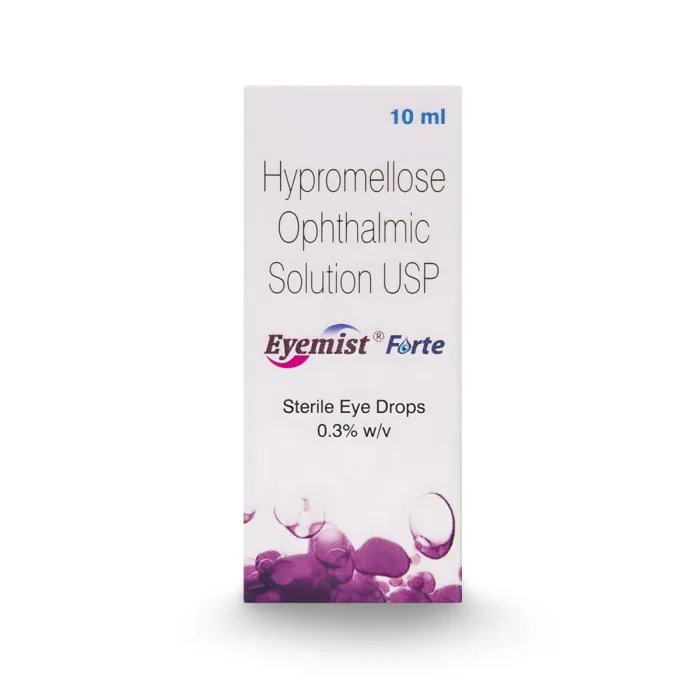Marginal Keratitis is an eye condition that affects the cornea of the eye.
Despite being uncommon, it can have a significant impact on ocular health.
Various painful symptoms, such as inflammation, red eyes, and blurred vision in the eyes, characterize this eye condition.
It is important to understand this eye condition to find the correct treatment.
In this article, we’ll examine the signs and symptoms, diagnosis, and range of treatments for Marginal Keratitis.
Marginal Keratitis
Marginal Keratitis is a serious corneal condition that can impact eye health.
This condition generally presents as corneal edge inflammation and irritation, resulting in eye pain and blurred vision.
Its characteristic symptoms include burning or gritty sensations in the eyes or sensitivity to light.
Vision impairment can seriously interfere with day-to-day activities for those with Marginal Keratitis.
It’s critical to detect these symptoms immediately and seek a professional examination to obtain an accurate diagnosis.
This ocular condition can range in severity, and prompt treatment is essential to avoiding complications and guaranteeing the best possible result.
We’ll discuss therapy options and diagnosis to manage this illness and improve ocular health.
- Zaha Eye Drop 3 ml (Azithromycin)
- Milflox 5 ml (Moxifloxacin)
Save up to 90% on your medicine bills

Eyemist Forte 10 ml

Milflox 0.5% 5 ml

Restasis 0.05% Ophthalmic Emulsion

Pred Forte 10 ml
Marginal Keratitis Symptoms
 Source: razyph_from_Getty_Images
Source: razyph_from_Getty_ImagesMarginal Keratitis can cause red eyes, eye inflammation, blurry vision, light sensitivity, eye pain, watery eyes, and the feeling of having a foreign object in the eye.
- Redness and inflammation: The affected eye could seem red and swollen, and its surface might show obvious blood vessels.
- Blurred vision: Vision distortion or blurring may result from inflammation and surface abnormalities of Marginal Keratitis.
- Sensitivity to light: Photophobia, or heightened sensitivity to light, is a common symptom of Marginal Keratitis.
- Eye discomfort or pain: Individuals with Marginal Keratitis may feel dry, inflamed, or itchy in the affected eye.
Additionally, some people could feel mild to moderate pain in the affected eye. - Tearing: The irritation and inflammation of the eyes may cause excessive tearing or watering.
- Grittiness or foreign body sensation: Individuals with Marginal Keratitis may experience a foreign item or grains of sand feeling stuck in their eyes.
It is important to seek the advice of an eye care specialist for an accurate diagnosis and suitable treatment, as these symptoms can also be indicative of other eye disorders.
To know more about the symptoms of Keratitis, read Keratitis Symptoms: Recognizing the Signs of Corneal Inflammation.
Marginal Keratitis Treatment
 Source: Alliance_Images_from_Alliance_Images
Source: Alliance_Images_from_Alliance_ImagesThe various approaches for managing Marginal Keratitis aim to reduce pain, address underlying causes, and encourage healing.
The severity of the condition and the causes that led to its formation determine the specific course of treatment.
Topical antibiotics are frequently used in milder cases to treat any bacterial eye infections that may be present.
Redness and eye pain can be lessened by using steroid eye drops, which also reduce inflammation.
When dryness is a major concern, lubricating eye drops are essential for moisturizing the dry eyes and reducing pain.
In certain cases, the cornea is shielded with bandage contact lenses, creating an environment beneficial to healing.
Surgery such as a corneal transplant may be required in more severe cases to restore eyesight and maintain overall eye health.
Early diagnosis and a customized strategy based on each patient’s specific needs are essential to a successful course of treatment.
To learn more about the treatment of Keratitis, read A Complete Guide to Keratitis Treatment and Prevention.
Conclusion
Marginal Keratitis is an inflammatory condition affecting the outer edge of the cornea.
Marginal Keratitis is characterized by a variety of painful symptoms, including inflammation, red eyes, and blurred vision in the eyes.
It causes problems with the eyes and needs to be diagnosed and treated quickly.
In most instances, medication provides adequate care.
However, surgical interventions may also be necessary in severe cases of Marginal Keratitis.
To treat Marginal Keratitis effectively over the long term, it’s important to consistently take the prescribed medication, get regular eye exams, and take good care of your eye.

Frequently Asked Questions
What is Marginal Keratitis, and how does it differ from other eye conditions?
Marginal Keratitis is an inflammatory eye condition primarily affecting the cornea’s peripheral area.
It’s distinct from other eye conditions due to its characteristic symptoms and location on the eye’s surface.
See our Recommendations
What are the common symptoms of Marginal Keratitis?
Common symptoms of Marginal Keratitis include eye redness, pain, light sensitivity, blurred vision, and a foreign body sensation.
See our Recommendations
Is Marginal Keratitis a serious eye condition?
No, Marginal Keratitis is not typically considered a serious condition.
However, early diagnosis and treatment are essential to prevent complications.
See our Recommendations
How do healthcare professionals diagnose Marginal Keratitis?
Healthcare professionals diagnose Marginal Keratitis through a comprehensive eye examination, which may include slit-lamp microscopy and other tests to assess the cornea’s condition.
See our Recommendations
What treatment options are available for Marginal Keratitis?
There are various treatment options, including prescription eye drops, antibiotics, anti-inflammatory medications, and, in some cases, surgical interventions.
See our Recommendations
Cheap Medicine Shop only refers to credible, authoritative sources for our content. If you’re curious about how we ensure the integrity of our content, we encourage you to read our Content Information Policy.














